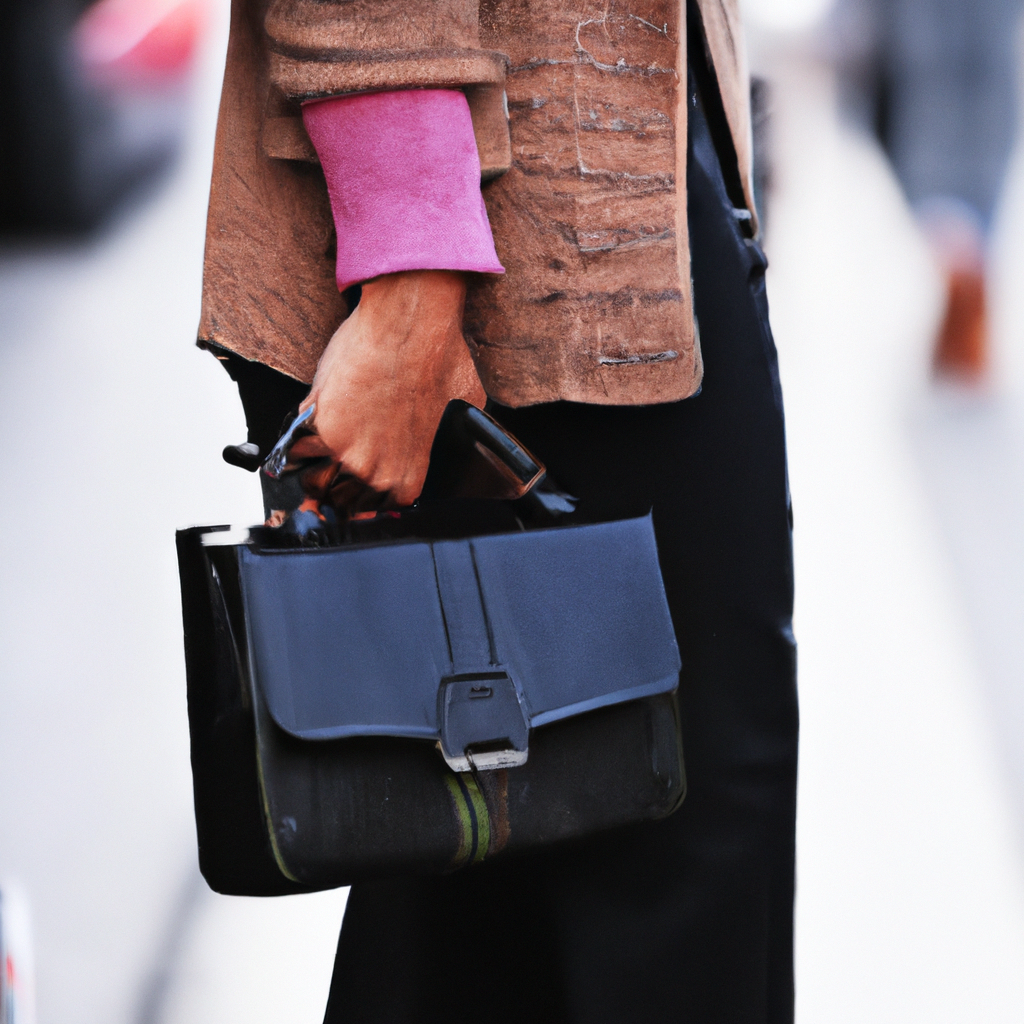Read in your native language
english german italian french spanish mandarin arabic portuguese russian japanese hindi bengali punjabi urdu korean vietnamese thai malay indonesian persian turkish polish ukrainian greek romanian hungarian dutch swedish norwegian finnish danish hebrew czech slovak bulgarian serbian croatian slovenian
Luxury Brands Adapting to Economic Challenges in China
The luxury market in China is facing significant challenges as brands like Marc Jacobs, Burberry, and Balenciaga implement steep discounts to attract consumers amid declining sales. Reports indicate that Burberry’s sales in mainland China have dropped by 21% year-over-year, prompting a response to the prevailing economic difficulties.
High-end fashion labels, specifically Hugo Boss, acknowledged these challenges in their preliminary financial results, noting the Chinese market's instability. In light of this, brands are resorting to price reductions, with Marc Jacobs offering discounts exceeding 50% and Balenciaga providing an average of 40% off in early 2024, especially on platforms like Alibaba's Tmall Luxury Pavilion.
Perspectives of Involved Parties
1. Luxury Brands
- Benefits: Attracting price-sensitive customers and moving unsold inventory.
- Risks: Potential harm to brand equity and long-term value; perception as lower-end brands.
- Losses: Financial repercussions in terms of margin reductions and brand image dilution.
2. Consumers
- Benefits: Access to high-end products at significantly reduced prices.
- Risks: Quality concerns regarding discounted luxury items which may not meet brand standards.
- Losses: Risk of becoming accustomed to lower prices leading to decreased perceived value.
3. Market Analysts
- Benefits: Insight into market dynamics and behavior trends of luxury consumers.
- Risks: Misjudgment of market rebound timelines which could affect forecasts and recommendations.
- Losses: Credibility loss if predictions do not align with actual market behavior.
Market Trends and Historic Implications
The luxury goods market in China has experienced rapid growth, tripling in size from 2017 to 2021, according to Bain & Company. However, post-pandemic economics have led to consumer spending declines due to various factors, including a real estate crisis, geopolitical tensions, and stock-market fluctuations.
Visual Representation of Market Stagnation and Brand Strategies
Relevancy Meter
Relevancy Score: 75% - This conversation is highly relevant as the luxury market issues pertain specifically to this current economic cycle and the immediate responses from brands. However, since the growth period (2017-2021) precedes today's discussions with no significant trend changes observed, a small dip in relevancy is noted.
Through discounting, luxury brands risk creating an image that conflicts with their traditional exclusivity, while analysts emphasize the long-term strategy consequences of such actions.
In summary, luxury brands adapting to current economic conditions in China showcases a complex interplay of consumer behavior, brand strategy, and market health.
Keywords: Marc Jacobs, Burberry, Balenciaga, 21%, 50%, 40%, China, luxury brands, economic challenges
Author: Andrej Dimov
Published on: 2024-07-29 00:21:04


